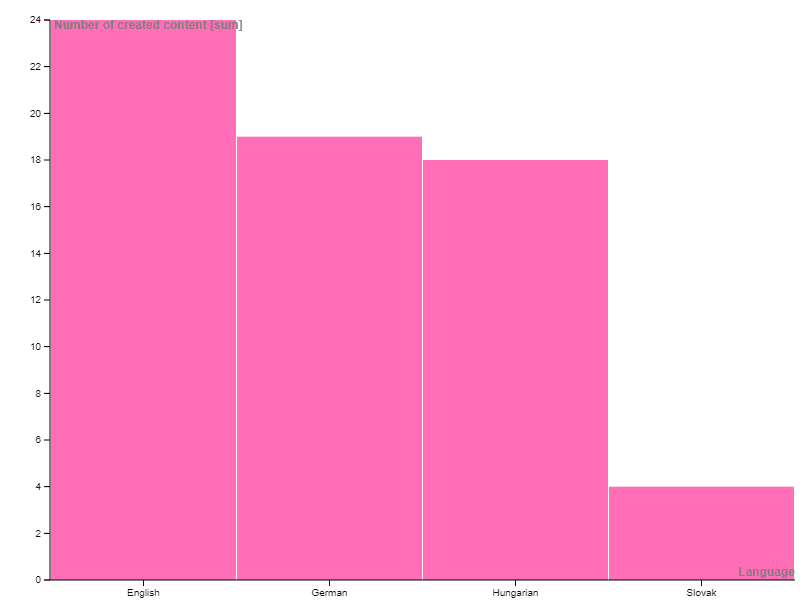EM GUIDE stats: The first half year

EM GUIDE launched in March 2024 with five initial members of the network. The project's primary goal is to promote independent music journalism, with a focus on supporting the creation of content in native languages and the coverage of local news around music, especially highlighting underrepresented artists and culture-related phenomena.
In the past six months, 86 original pieces have been produced and 92 pieces have been reshared, including numerous translations between local languages to bridge cultural gaps and connect music scenes across borders (as elaborated in this general agenda of the EM GUIDE network).
Content sharing between magazines

Some magazines have more reshares from certain other magazines, which can be explained by their editorial focus and/or geographical relevance. For instance, Easterndaze explores and highlights music from Central and Eastern Europe, a focus shared by MMN Mag and 3/4. This commonality explains the relatively higher number of exchanges between these three magazines compared to others.
Languages
At this stage, the network members produce in 4 different languages: English, German, Hungarian and Slovak.

The high volume of content in English can be explained by the fact that each magazine publishes in English to varying degrees. Only two, MMN Mag and 3/4, produce content in regional languages, specifically Hungarian and Slovak. Unlike English, which is globally widespread, regional languages such as Hungarian and Slovak are spoken primarily within specific regions. German, although more widely spoken and often learned as a second language, still contrasts with English in terms of global reach. Therefore, content created in Hungarian, Slovak, and German often requires translation for broader accessibility.
Of the 18 Hungarian pieces, 8 were translated into at least one other language, while all 4 Slovak pieces were translated and reshared in English. Translating and resharing content written in regional languages allows artists and collectives to gain recognition beyond their cultural bubble, expanding their reach to international audiences. This approach fosters cross-cultural engagement and appreciation without alienating their existing audience, as they continue to use their native language alongside translations. On the other hand, translating regional languages to wider known languages helps magazines to maintain their editorial work in their native language, by having decreased pressure of being able to cater to an international audience.
As the network aims to grow, there will be more native languages present, meaning more and more lesser known, and isolated music can reach its audience beyond their own country.